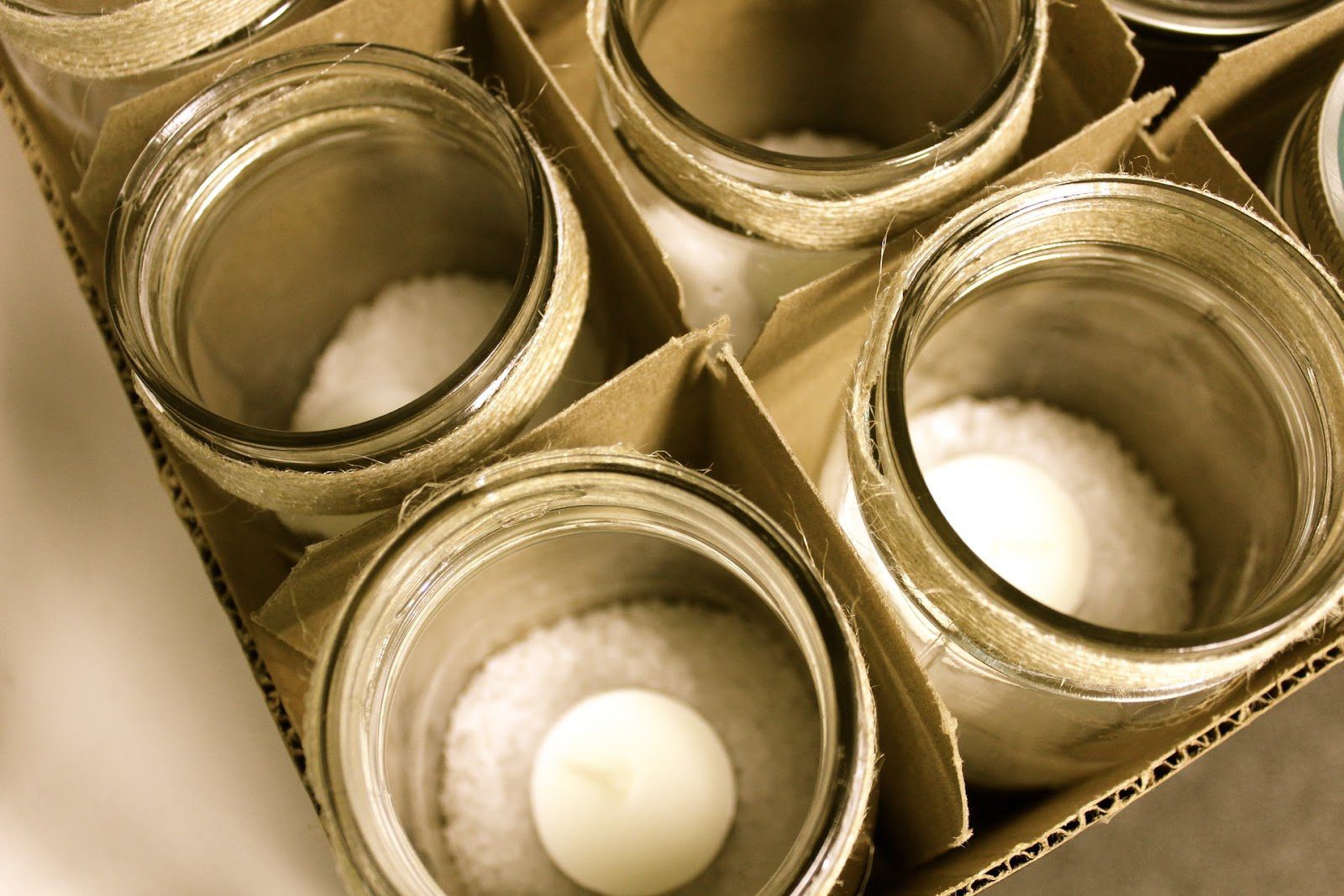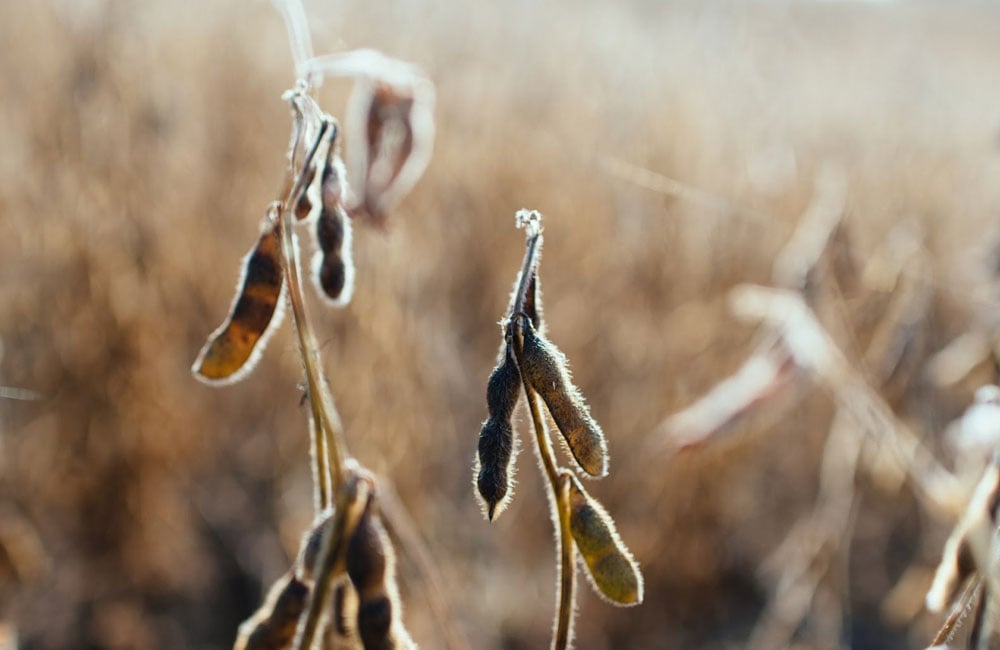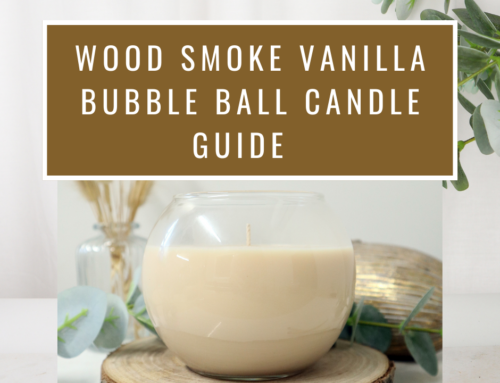Soy wax is by far the most popular wax to use for those who enjoy crafting at home, partly because it is considered as a cleaner, healthier option than paraffin wax, which is a bi-product oil in the petrochemical industry, but is it all true? As with any other important subject, we don’t want you to simply sit back and believe the hype, so here’s a beginner’s guide to soy wax: its environmental impact, unique properties, and handy tips, but first, a little background…
Soy wax is derived from vegetable soybeans which are mainly grown in plantations within the United States, Argentina and Brazil. The soybeans are pressed for oil and then said oil is hydrogenated to form wax. It is worth pointing out that soy waxes aren’t entirely pure. In fact, Soy wax on its own doesn’t make for good candle wax, and in order to make it burn more efficiently, it is refined with additives or, in some cases, blended with other forms of wax such as paraffin, coconut, palm or other, these hybrid waxes are commonly defined as Soy Wax Blend.
Please bear in mind that products such as Kerasoy 4120 and 4130, aren’t blended with other types of waxes, and as such are defined as 100% Soy Wax – This doesn’t mean that they are free from additives.
Natural And Renewable VS Environmentally Friendly
So, the big question remains, can we classify Soy wax as an environmentally friendly product? As is for all matters related to sustainability and the environment, the answer isn’t simple nor is it clear-cut. Although, unlike paraffin wax, soy – in its purest form – can be considered as both a natural and renewable source, it’s not 100% immune from having a potentially concerning environmental impact.
In fact, due to growing global demand for ‘’the king of beans’’, there are growing concerns surrounding deforestation as well as the impact of large-scale growing and production on indigenous communities, small farmers and the surrounding natural environment. Crucially, the majority of soy is employed in the food industry, including animal feed, however, candle-wax makes up but a small fragment of the overall consumption.
Although these practices require a responsible, informed approach when it comes to sourcing, as well as global attention towards the use of land and natural resources; this fact alone is perhaps not enough to label soy wax ‘harmful’ or even ‘Non- environmentally friendly’’
When it comes to such delicate matters, transparency is key. All the Soy used in our waxes is responsibly sourced to minimise any impact on the environment, and statements from the manufacturer are always available upon request.
Properties, Characteristics And Common Issues
When it comes to characteristics, soy wax has a lower melting temperature than paraffin wax and is usually softer, making it a great option as a container wax, however, this can lead to issues when it comes to maintaining a solid status when stored in warmer countries or during hot days. One benefit to this though is that soy candles burn very well, often creating a larger melt pool, avoiding tunneling problems, and using all the wax in a long, slow burn.

With the more ‘natural’ elements of soy wax, there come some challenges as the chemical structure is less rigid than in its paraffin counterpart. This means that when the wax cools, it is much more subject to frosting and adhesion problems. Frosting manifests areas of imperfections in the finish of the wax once cooled, which looks a bit like snowflakes or crystals on the surface. All soy waxes are subject to these solidification problems, that’s why waxes such as Kerax are mixed with additives to help prevent this.
Top Tips For Working Soy Wax
Both frosting and adhesion issues can be minimised by using the best quality waxes and employing extra care when pouring and cooling the product. Bear in mind that pouring into a cold container increases the risk of both frosting and adhesion, so it is always better to slightly warm your containers prior to pouring.
Next, you should find the optimum temperature for pouring, not too hot and not too cold. This will depend on what you have added to the wax, but perfection is only obtained by experimenting and keeping note of the results. But isn’t it part of the beauty of the process?
Lastly, you have to allow your candles to cool down slowly. Too fast a cooling time increases the risk of incurring these common issues. It is therefore advisable to maintain a constant ambient temperature in the room you are leaving your candles to settle. Ideally, you’ll have a constant temperature during all seasons with no drafts. You will be surprised by how a small change in ambient temperature can create big changes in the results.

In full-scale candle factories, everything is controlled and optimised to create the perfect candles, containers are heated to a perfect temperature, the cooling process is at a precise temperature for a precise time frame and the mix and pouring of the wax is precise. Home candle makers should try to replicate the same degree of precision as closely as they can, and this is especially true when handling soy wax.
In short, Experiment, test, measure, and record the results until you reach a perfected and consistent process.










Leave A Comment